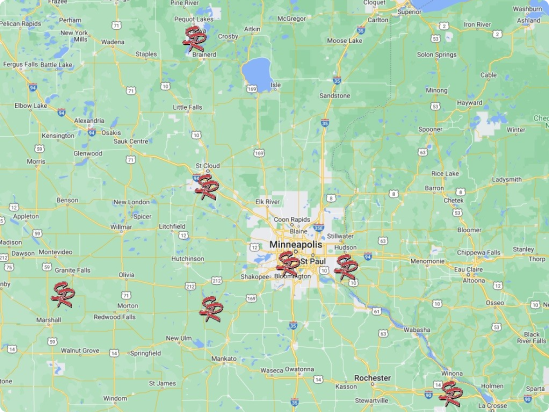There are a lot of shingle siding materials and types, but choosing a new shingle material and orientation doesn’t have to be overwhelming. It’s just a matter of knowing the basic materials, their benefits, and how they can be arranged in your home. We’ll help you in this matter.
Among the numerous options available, shingle siding has a timeless charm, exuding a sense of durability and versatility. Let’s explore the popular shingle material types (cedar, vinyl, fiber cement, and composite), and uncover the unique charm different shingle shapes can bring to your home.
We’ll start with your siding replacement material options.
Cedar Shingles
Cedar shingles are known for their natural beauty, longevity, and sustainability. Derived from the heartwood of cedar trees, these shingles exude a rustic elegance that complements a wide range of home architectural styles. The natural oils in cedar wood make it resistant to decay and insect damage, resulting in a durable and low-maintenance siding option. It can also develop an attractive patina over time, giving it even more charm as it ages.
Vinyl Shingles
Vinyl shingles have gained immense popularity due to their cost-effectiveness, easy installation, and remarkable versatility. Available in various colors and textures, vinyl shingles can mimic the appearance of wood, making them an attractive option for homeowners seeking an authentic look without the associated maintenance and higher costs. Vinyl shingles require minimal maintenance and do not need to be painted or stained over time.
Fiber Cement Shingles
Fiber cement shingles blend the best of both worlds: the durability of cement and the charm of wood. Composed of a mixture of cement, cellulose fibers, and sand, these shingles boast excellent resistance against fire, insects, and harsh weather conditions. They can be manufactured in various textures and painted to match any color scheme. They are required to be painted every few years, but they are an overall long-lasting and low-maintenance option.
Composite Shingles
Other composite shingles combine materials like wood fibers, recycled plastics, and binders. These eco-friendly shingle options offer exceptional durability and weather resistance, while also reducing the environmental impact. Composite shingles can be shaped and colored to mimic other materials, offering homeowners the freedom to customize their siding to their liking.
Shingle Shapes: Staggered Shingles
Staggered shingles, also known as “cedar shakes,” present a classic and timeless appearance. They are installed in an overlapping pattern, giving these shingles a visually striking and textured appearance that adds character to any home. Staggered shingles are often associated with traditional and cottage-style homes, but they can also complement modern designs for a touch of warmth.
Straight Edge Shingles
Straight-edge shingles, commonly referred to as “rectangular” or “regular” shingles, offer a more uniform and clean look. The edges of these shingles are aligned, creating a sleek and contemporary appearance. These shingles are ideal for homeowners seeking a modern aesthetic or a seamless blend with neighboring houses in suburban settings.
Scalloped Shingles
Scalloped shingles are a unique and eye-catching option for those looking to make a bold design statement. The curved edges of these shingles add a touch of elegance and charm, evoking a sense of whimsy and playfulness. Scalloped shingles are often used as accents on gables, dormers, or entire sections of homes to create a standout visual impact.
Siding Replacement Options for Your Home
As the years pass, siding can succumb to the elements, losing its luster and becoming vulnerable to damage. Whether it’s worn-out cedar shingles, faded vinyl panels, or deteriorating fiber cement, a timely siding replacement is an investment that pays off in numerous ways. Not only does it revitalize the exterior aesthetics, but it also acts as a robust shield against harsh weather conditions, safeguarding the home from moisture infiltration and potential structural issues. With an array of material options available, from classic wood to modern composites, homeowners can customize their siding to suit their unique preferences and budget.


